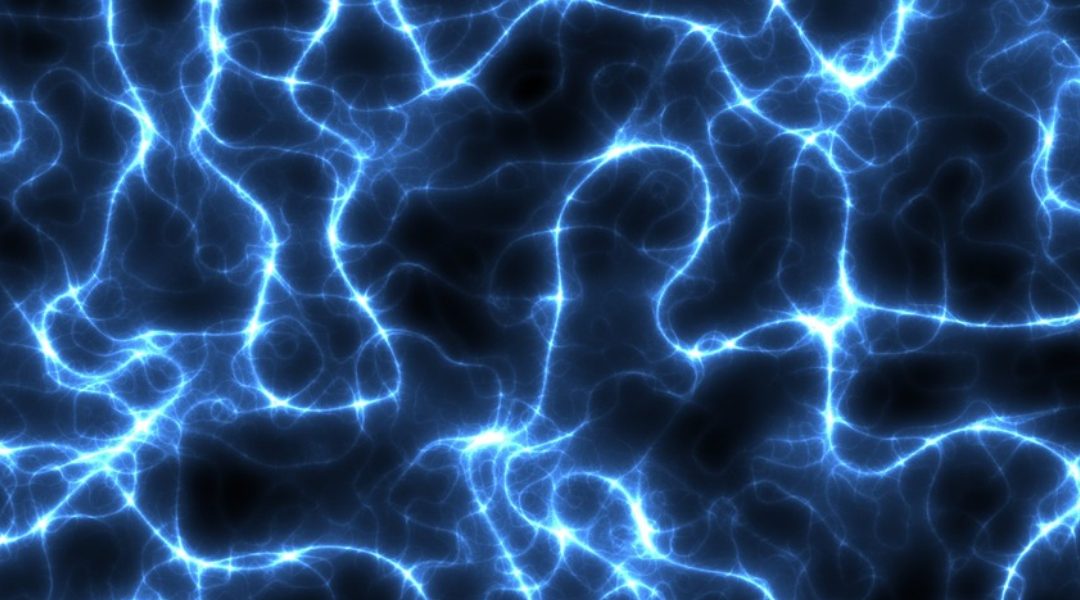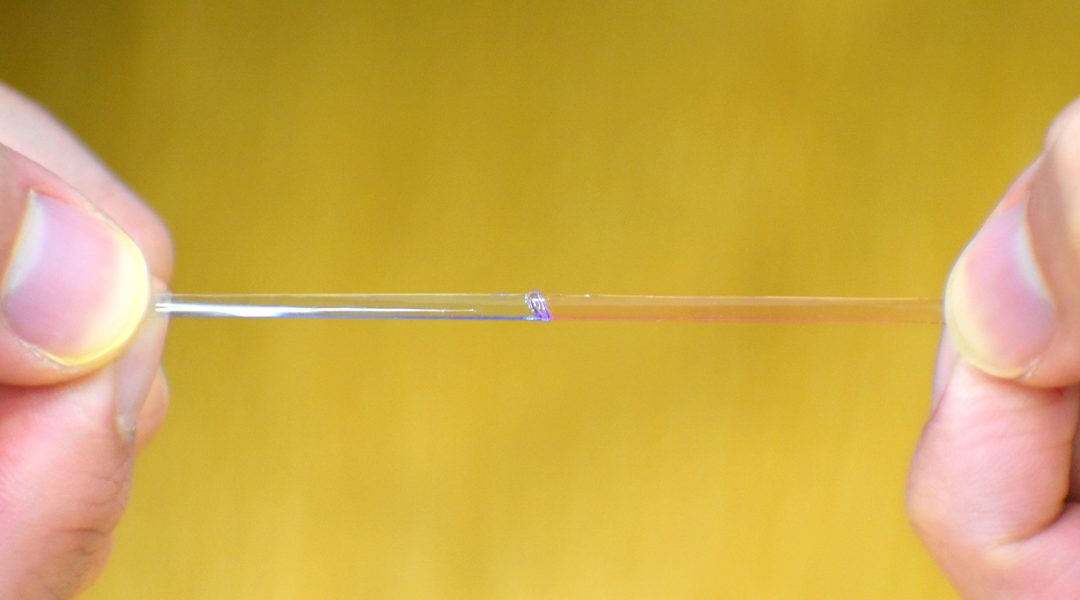A wearable soft microfluidic device with sequentially filling reservoirs can collect, store, and analyze sweat in situ from almost any part of the body.


A wearable soft microfluidic device with sequentially filling reservoirs can collect, store, and analyze sweat in situ from almost any part of the body.

Strain-sensitive ‘smart’ materials that can monitor their own strain and internal damage state.
![3D e-Whiskers for Complex Sensing Applications [Video]](https://www.advancedsciencenews.com/wp-content/uploads/2018/03/adma201706733_ASN_image.png)
A scalable method for fabricating electronic whiskers (e-whiskers)—a class of electronic skin—for sensing a variety of external stimuli, including proximity, texture mapping, surface roughness, material stiffness, force, and temperature.

The iridescence of Nicobar pigeon plumage is put under the microscope.

A broadband visible-light-driven photocatalytic SERS platform with the CuO nanowires (NWs)/Cu2O hetero-nanostructures as the backbone.

Replicating the hollow structure of polar bear hairs allows an insulating material to provide thermal management with stealth applications.

This month’s Advanced Engineering Materials covers and top papers!

Biosensor arrays facbricated from two intertwinned polymeric networks.

Researchers create soft robots that can sense touch, pressure, movement and temperature.

Robust electronic skin by utilizing supramolecular chemistry to produce a tough, self-healing elastic material.